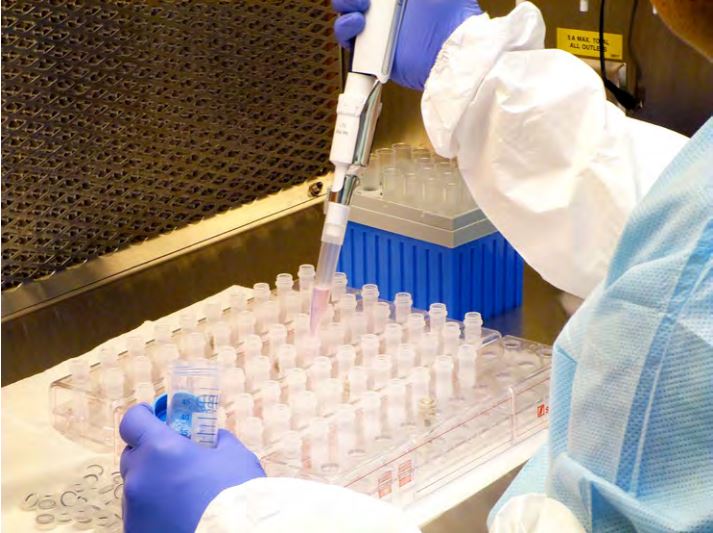U.S. Department of Agriculture Agricultural Research Service (ARS) scientist Peter Follett has been working for nearly 20 years to develop and expand the use of ionizing radiation to control insects that infest a range of agricultural commodities so that Hawaii can safely send these products to the U.S. mainland and export them to foreign countries.
Hawaii currently irradiates a number of crops it exports, including papaya, mangoes, bananas, dragon fruit and longan, a small circular fruit grown by the tree of the same name.
Most recently, Follett and his colleagues have worked to develop irradiation protocols to use on insects that infest Hawaiian commodities such as coffee and ornamental flowers. They have also been working to protect others, such as table grapes and a variety of berries grown in California.
“[Irradiation] is the most prominent technology that we’re using to export fruit to the U.S. [mainland] from Hawaii,” Follett, who works at the U.S. Pacific Basin Agricultural Research Center in Hilo, Hawaii, said.
Since starting work for the ARS, Follett has helped develop irradiation techniques to control a range of agricultural pests, including the mango seed weevil, the oriental fruit fly, the Mediterranean fruit fly and the melon fly.
Irradiation used as a substitute for Fumigation




 Alerts Sign-up
Alerts Sign-up